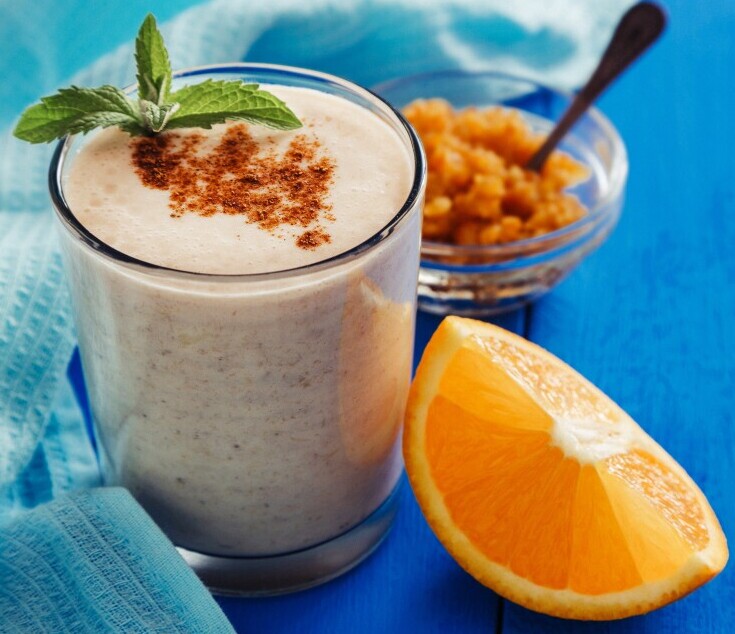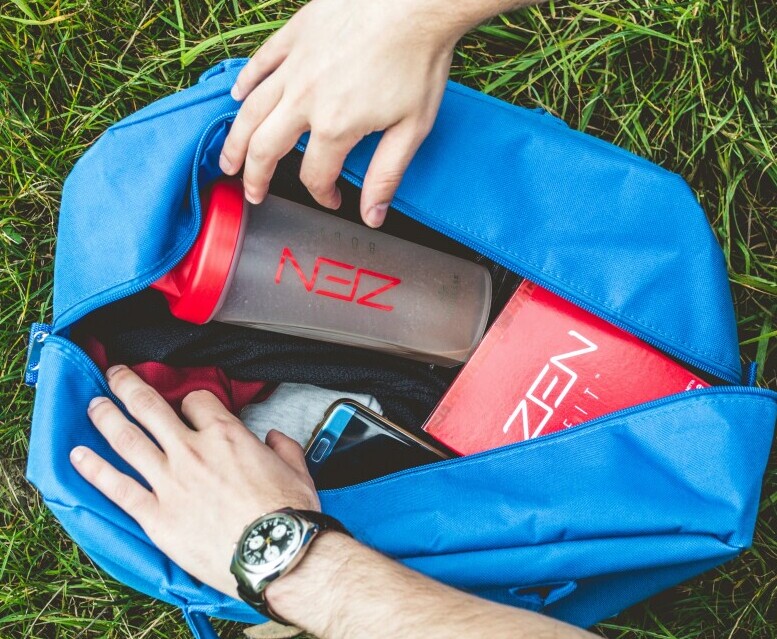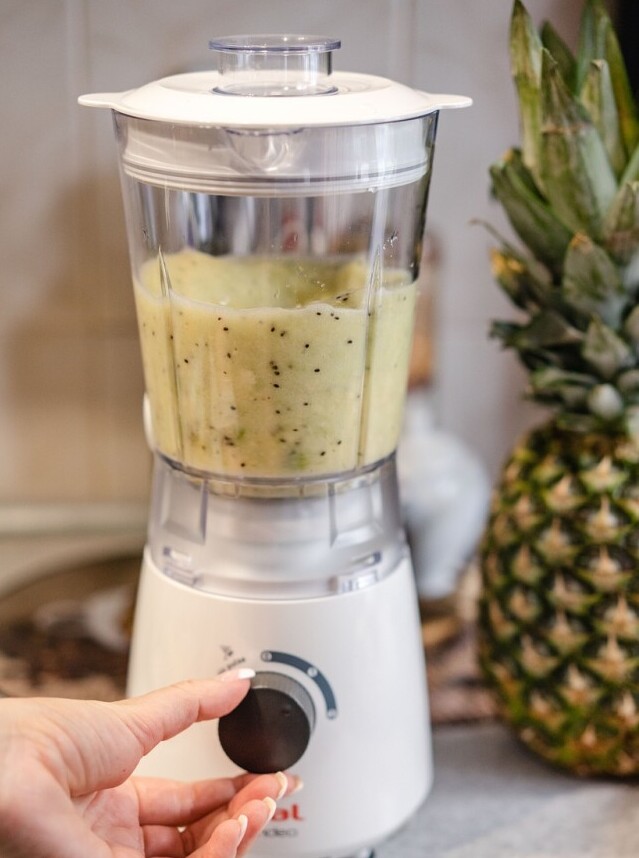So, you’ve spotted them in the grocery aisles or maybe even caught a glimpse at a friend’s house. Meal replacement bars and shakes are the quick grab-and-go options many lean on these days to keep up with busy schedules. But what’s really in these handy bites and sips when it comes to weight loss? Let’s break it down.
Starting with meal replacement bars, think of them as your pocket-sized meal. They’re loaded with nutrients, often coming packed with proteins, fibers, vitamins, and minerals. The convenience factor is huge here. Grab one, and you’re pretty much good to munch on the go, whether you’re stuck in traffic or on a hiking trail.
Now onto shakes — those creamy wonders you simply shake up or blend. Shakes come with the perk of customization. Whether you’re dealing with dairy allergies or need extra protein, you can tweak your shake to fit your dietary puzzle. Plus, they’ve got that slurpy satisfaction sometimes missing in a solid bar.
Both bars and shakes aim to replace a meal while keeping your nutrition in check. Think fast-paced lifestyles where sometimes there just isn’t time for a sit-down meal. These products help bridge the gap, ensuring you don’t skip out on essentials. But remember, the key’s knowing which of these aligns best with your lifestyle and weight goals.
Nutritional Comparison: What Sets Them Apart?
When it comes to meal replacements for weight loss, understanding what you’re putting in your body is crucial. Meal replacement bars and shakes come with different nutritional compositions, and getting the lowdown can help you make an informed choice.
Let’s start with the bars. Typically, these bars pack a punch in calories, often ranging between 200 to 400. The calories usually come from a balance of carbs, protein, and fats. You might find bars loaded with fibers, which is great news for staying full longer, but keep an eye on added sugars that might sneak in for taste.
Shakes, on the other hand, offer a more flexible nutrition profile. They’re often lower in calories, starting at about 150, but that can depend on how you mix them up. You might add in fruits, veggies, or even nut butters, tweaking the calorie count and nutrient mix to your liking. Plus, most shakes embrace a low sugar ethos, making them a worthy ally in the fight against sneaky sugar.
Dietary considerations, like gut health or allergies, can lean your choice one way or the other, too. Gluten-sensitive? Some bars might not be your friend. Lactose intolerance? There are plenty of dairy-free shakes out there waiting to be your buddy. The takeaway? Customize based on your nutritional needs and remember, balance is key!
Practicality and Lifestyle Fit: Bars vs. Shakes
Choosing between meal replacement bars and shakes often boils down to how smoothly they fit into your lifestyle. Each option brings its own brand of convenience and practicality, making one might work better for you than the other.
Meal replacement bars are the ultimate portable snack. They can easily slide into your bag, your car, or even your pocket. Think of those days when you’re on the go and you don’t want to fuss—bars have got you covered. Less prep and no cleanup is pretty convincing!
Shakes might require a bit more of a hands-on approach. Whether you’re stirring a powder into milk or water or blending up a fresh concoction, there’s a bit of prep involved. However, if you savor the process of making a drink and enjoy varied flavors and textures, shakes might suit you better. Plus, they’re often a cool, refreshing treat, especially after workouts.
Consider what aligns with your day-to-day life. Busy workdays might lean you towards bars, while more leisurely mornings at home with a blender might make shakes more appealing. Travel a lot and don’t always have a fridge? Bars win there, being shelf-stable and fuss-free.
Ultimately, it’s about matching your choice to your routine, ensuring you get what you need without compromising on ease or satisfaction.
Weighing the Pros and Cons for Effective Weight Loss
Deciding between bars and shakes for weight loss isn’t just about preference — it’s a strategic move towards your health goals. Each has its perks and pitfalls, and knowing these can help steer your decision.
Research shows that both bars and shakes deliver on keeping hunger at bay, making them solid teammates in the quest for weight loss. Bars, with their chewy texture, often satisfy that craving for something hearty, while shakes bring a light, refreshing alternative that’s easily digestible.
However, there are potential downsides. Bars might occasionally pack hidden sugars or preservatives, which can derail your weight goals if not careful. Shakes, while often cleaner on sugar, might fall short on giving that full-feeling satisfaction due to their liquid form.
Experts find that while meal replacements work well in structured diets, they shouldn’t replace every meal. Balance is key. Consulting with a dietary expert can also offer insights tailored to your personal health needs and goals.
In the end, choosing between a bar or a shake comes down to matching your choice with your lifestyle, preferences, and dietary needs. Make sure whatever you choose fits comfortably into your daily routine, supporting your path towards a healthier lifestyle.

The comparison between meal replacement bars and shakes to be quite insightful, especially in terms of how each option aligns with different weight loss strategies. I’ve tried both and noticed subtle differences in how they affect my satiety and energy throughout the day. How do you think these differences might influence long-term adherence to a weight loss plan? Also, are there specific user demographics or lifestyles that seem to benefit more from one option over the other based on your findings?
Hello, Slavisa. Thank you for your comments and I’ll try to answer your ?’s but I will be honest, I’ve never have had a protein bar. so on a personal level I can’t tell you how well they do but I’ve heard lots of good things about them over the years. I did some checking about and on satisfying hunger bar contain more fiber and fat than protein shakes do. Since these are digested slower than protein you get to stay full longer. Shakes have much less fiber and fat so even though they keep you feeling full longer they fall short of how long a bar can keep you feeling the same way. Which takes you to the energy they give you-bars have sugar and higher carbs so they give you a quick jolt of energy but that sugar’s going to make your energy level crash later on just as fast. Protein shakes with little to no sugar will give you a steadier boost of energy and a much slower drop. You can boost this even more if you added some other good foods along with the shake. There are people in certain lifestyles that prefer one over the other. The rapid pace of the busy professionals tend to lean towards the bars since they’re easy to just grab on the way out the door and toss in a pocket or in a briefcase or bag. A lot of people who don’t want to gain weight like bars because of the fiber, choosing bars with a low sugar content to stay full so they don’t snack as much on the wrong things. Those who spend a lot of time outdoors generally like bars since they’re a lightweight option to pack and take along. People who prefer shakes instead are athletes and bodybuilders because they offer great muscle recovery. People with restricted food diets love how the shakes can be customized to their own needs. And there are those who often skip meals for one reason or another and fix shakes as a quick catch-me-up. And there are exceptions to all those so it really comes down to what you yourself prefer, what your goals are and what choices you like to make. No one’s lifestyle is exactly like someone else’s. There’s no reason why you couldn’t have both if you wished: having a bar for one meal, a shake for another and one healthy meal later or in-between. There’s no wrong answer. Simply try a few methods and see which way makes you feel better and go with that. I hope I explained that alright and I wish you all my best. Firelava